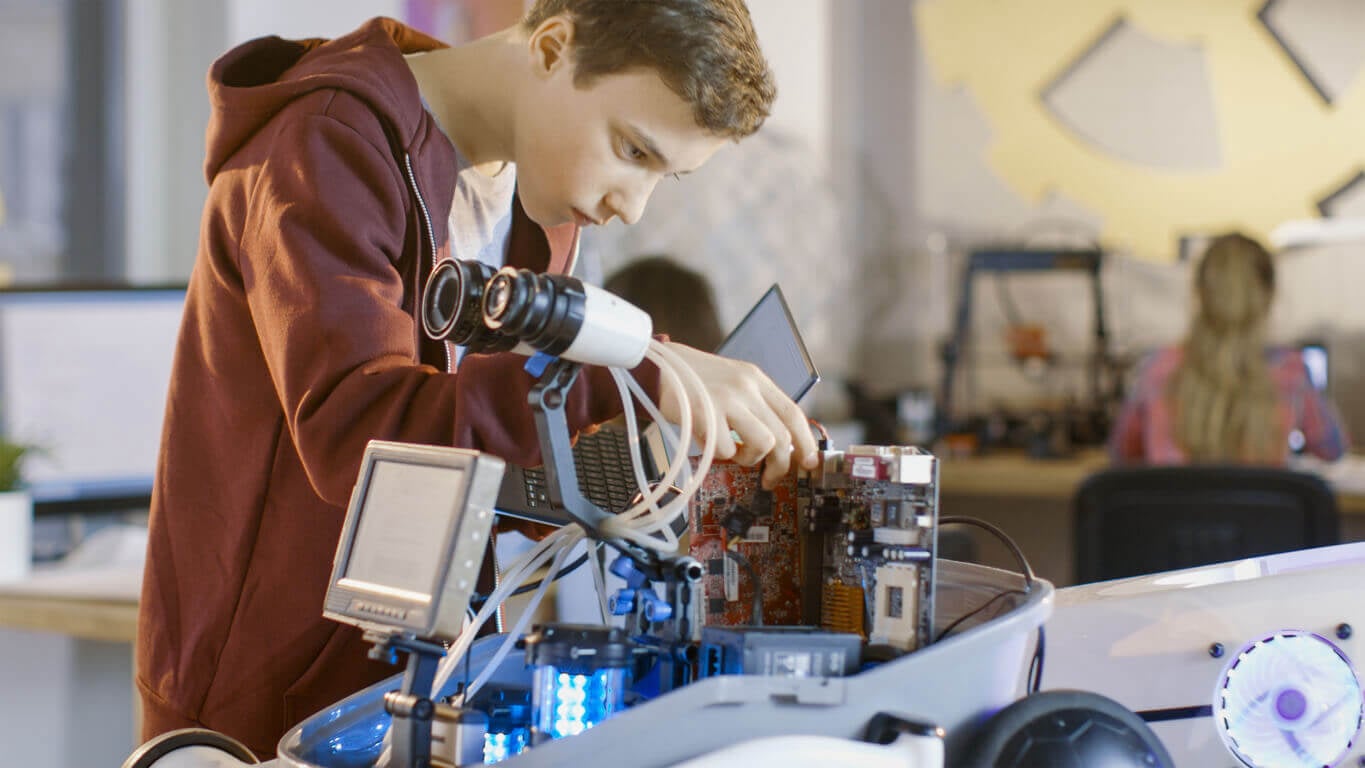Understanding the Creative Process
To foster creative thinking for your invention, understanding the creative process is essential in bringing your idea to life.
Creativity isn't a random occurrence but a structured process that involves several key stages.
Firstly, preparation is crucial; this involves gathering information, exploring different perspectives, and defining the problem you aim to solve.
Next comes the incubation stage where your mind subconsciously processes the information gathered during preparation.
This is followed by the illumination stage, where sudden insights and ideas may strike.
Lastly, the verification stage is where you evaluate and refine your idea to make it feasible and valuable.
Nurturing a Creative Environment
To foster a creative environment for your invention, cultivate a workspace that inspires and supports your innovative thinking process. Keep your workspace organized and free of distractions. Surround yourself with items that spark creativity, such as artwork, plants, or inspirational quotes. Consider incorporating different textures, colors, and lighting to stimulate your senses.
Encourage brainstorming sessions with colleagues or friends to bounce ideas off one another. Create a comfortable space that allows you to relax and let your mind wander freely. Embrace flexibility in your workspace layout to adapt to different creative needs. By nurturing a creative environment that aligns with your unique preferences, you can enhance your inventive thinking and bring your ideas to life.
Embracing Failure as a Learning Opportunity
Embrace failure as a valuable learning opportunity when fostering creative thinking for invention. Failure isn't the end but a stepping stone towards success. When you encounter setbacks, view them as chances to learn and grow.
Analyze what went wrong, identify areas for improvement, and adjust your approach. Thomas Edison famously said, 'I haven't failed. I've just found 10,000 ways that won't work.' Embracing failure shifts your perspective from defeat to progress.
It encourages experimentation, innovation, and resilience. By learning from your mistakes, you gain insights that can lead to breakthroughs in your invention journey. Remember, failure isn't fatal; it's a necessary part of the creative process.
Collaborating for Innovative Ideas
When fostering creative thinking for invention, partnering with like-minded individuals can amplify innovative ideas. Collaborating allows you to bounce ideas off each other, providing fresh perspectives and sparking creativity.
By working together, you can combine different skills and expertise to tackle challenges from various angles. Brainstorming sessions with a diverse group can lead to out-of-the-box solutions that you mightn't have considered on your own.
Additionally, collaborating with others can offer valuable feedback and constructive criticism, helping refine and improve initial concepts. Building a network of collaborators can also open doors to new opportunities, resources, and potential partnerships.
Embrace the power of collaboration in nurturing inventive thinking and turning imaginative ideas into reality.

